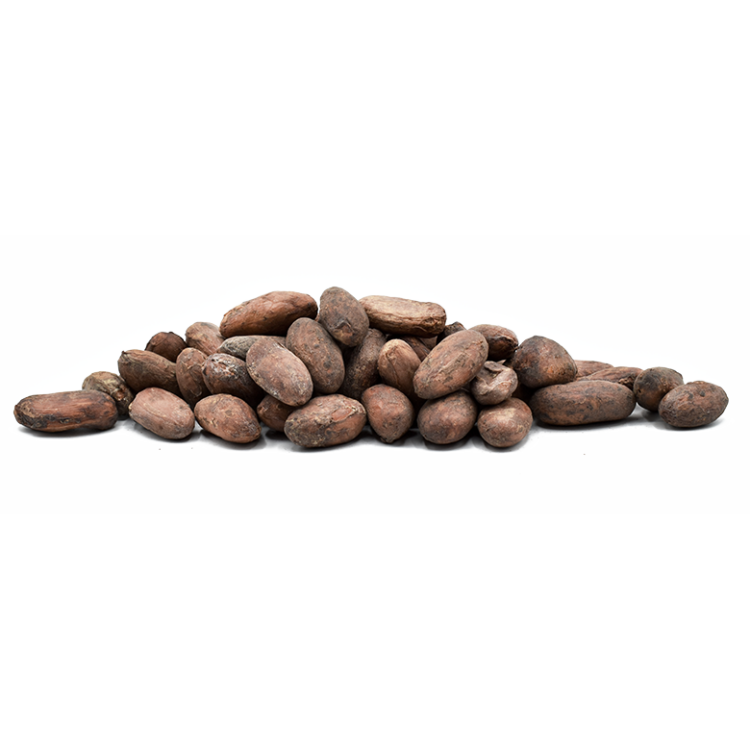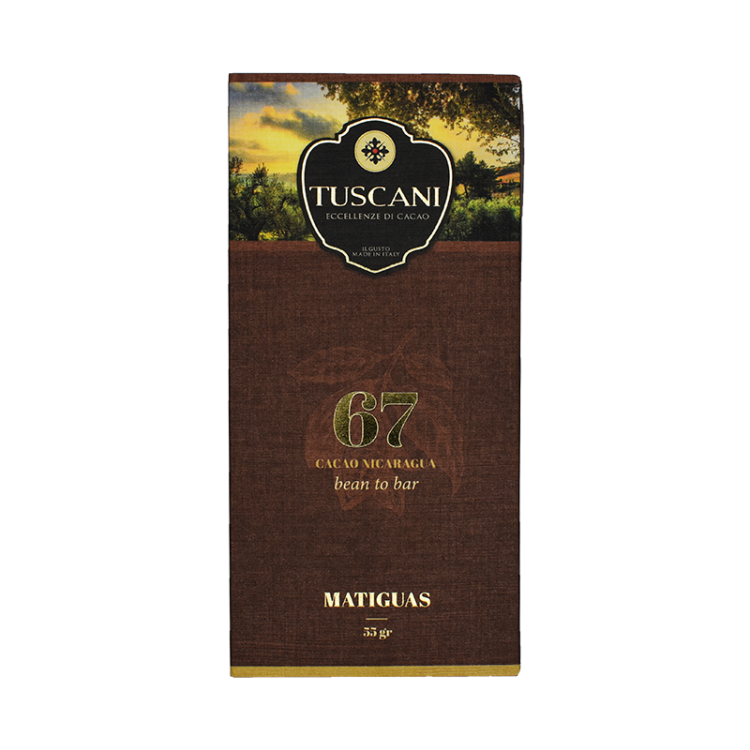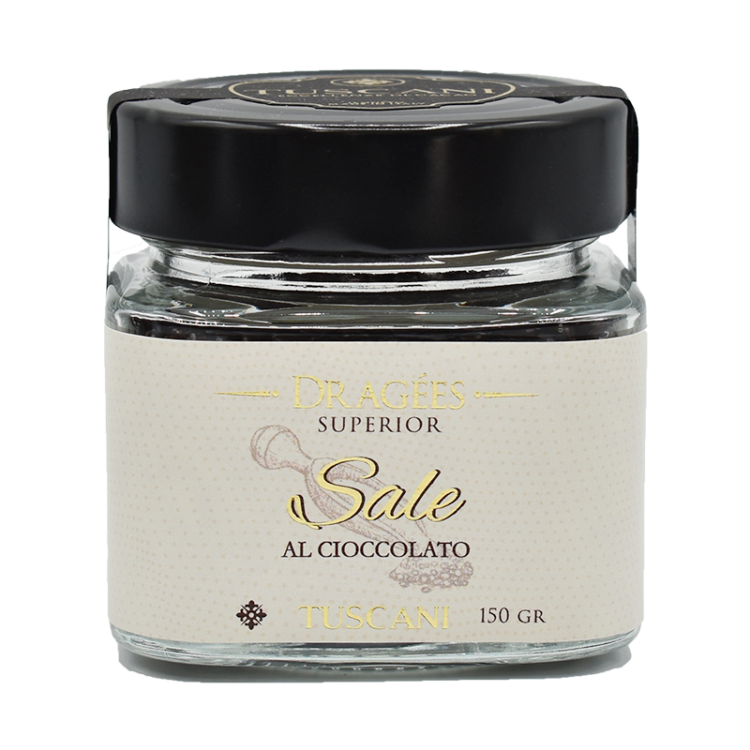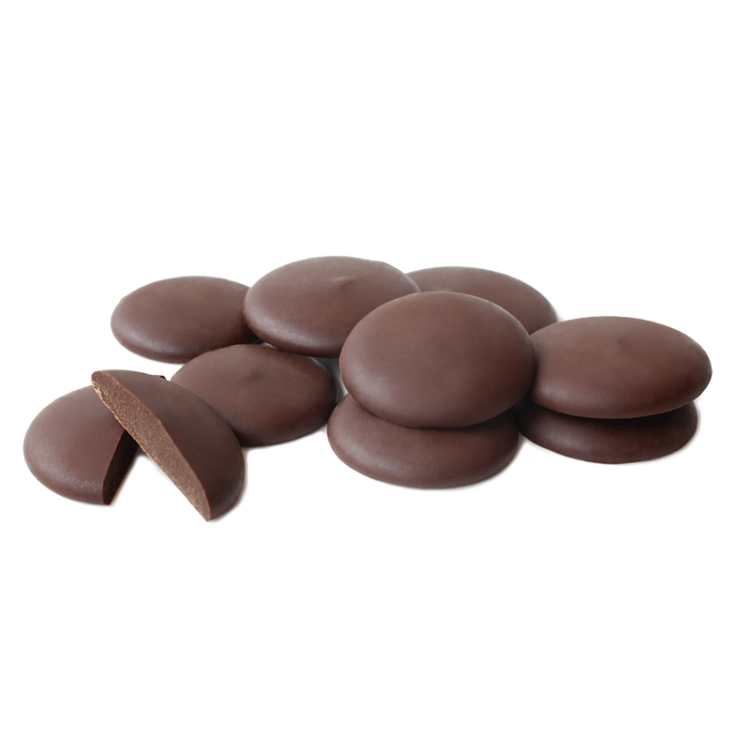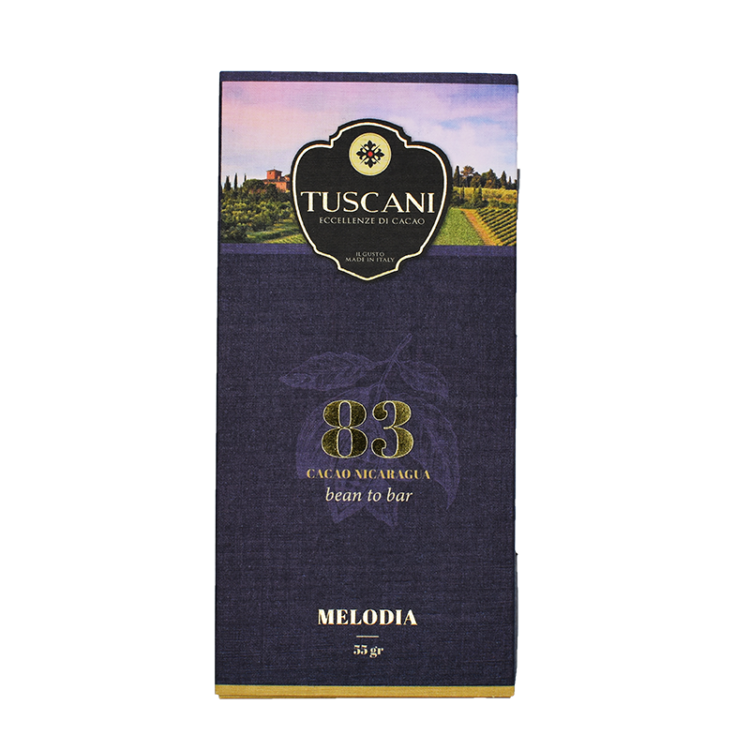Pairing Chocolate and Wine
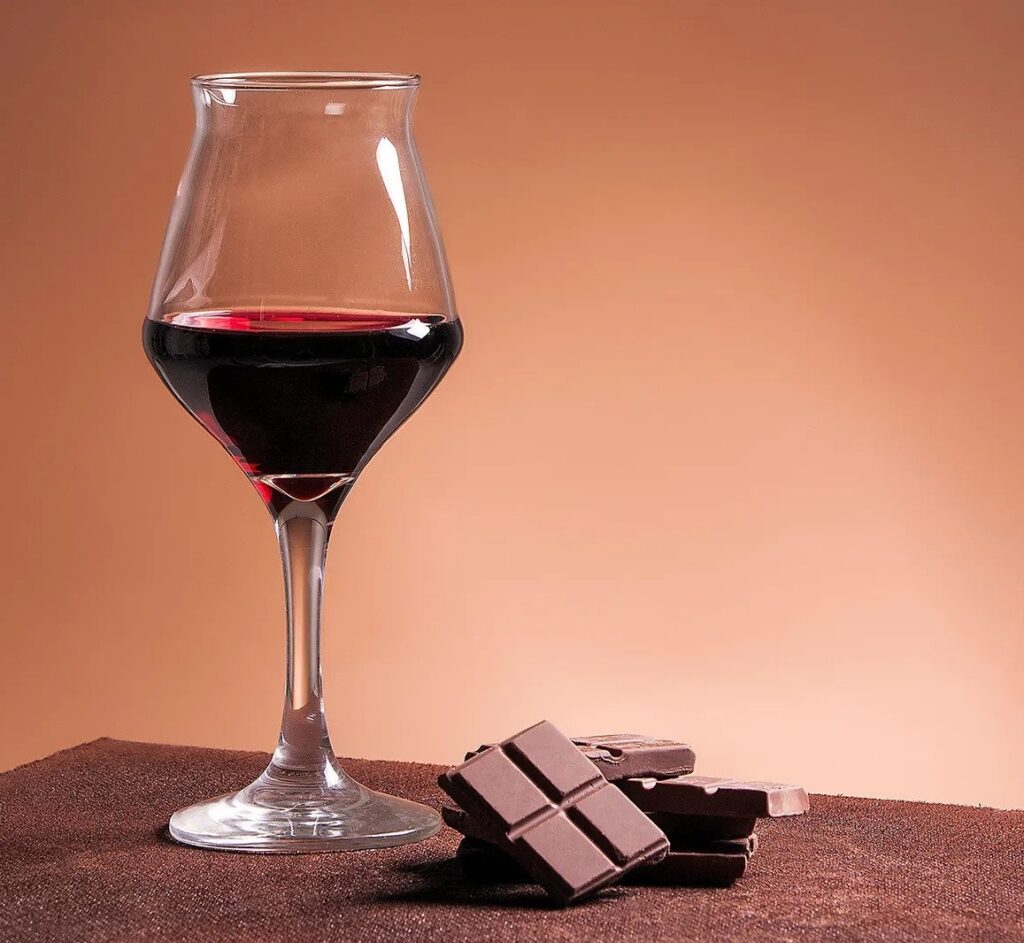
The world of fine chocolate with different origins, varieties, terroirs and harvest years is just as rich as the world of fine wine. This is why pairing the two together is a never-ending journey of unexpected flavor experiences. However, combining these two powerful tastes together is also challenging. Both wine (especially the red types) and chocolate (especially with high cocoa percentages) contain tannins, astringent compounds that make the mouth go dry, which can lead to unpleasant and clashing pairings. Let’s find out the best way to pair chocolate and wine in one memorable experience.
First, let’s choose the wine and the chocolate for the tasting. You want to choose a variety of chocolates with different levels of sweetness, cacao, and inclusions. Selecting a variety of chocolates will allow you to compare and contrast how sweeter chocolate (milk and white) and more intense chocolate (dark) pair with different wines. The same goes with the wines. To have a full spectrum experience and try all possible combinations, you may bring on the table a red wine, a white wine and a dessert wine. The rule of thumb is to choose no more than three or four different wines and chocolates. If you taste too many options at once, your palate will become overwhelmed and start flattening all flavors, resulting in an inaccurate tasting.
Second, you need to “prepare yourself” as a taster. Before the tasting begins, avoid smoking, brushing your teeth with strong minty toothpastes, wearing perfumes or fresh nail paint. Since most of the flavor is processed in the nose, this will help you begin the session in the best sensorial condition without external interferences.
Third, you need to prepare the wines and the chocolates. A wine will need to ‘breathe’ for some time before you smell it so that its aromas and flavors can develop. Open each bottle an hour before your pairing session for this purpose. It is good practice to also take the chocolate bar out of the packaging some minutes before the tasting begins. This will allow any leftover flavors from the wrapper to go away.
Now that you have your wines and chocolates lined up, it’s time to taste!
Depending on the characteristics of the wines and chocolates, you can pair for similarity or contrast. For example, a 36% white caramel and salt chocolate would echo the toffee notes in a white, late harvest wine. On the other hand, berry notes in a Pinot Noir could be contrasted with a 70% dark chocolate from Madagascar or with an inclusion of cranberries. Just as you would with any other tasting, it’s best to start with light chocolates and wines, increasing the intensity as you go along. Start with white chocolates and light wines and save the richest, dark chocolates and wines for last.
Before tasting wine and chocolate together, you need to discover the distinctive taste of each of them.
When beginning your tasting, first taste and write down the tasting profile of all the chocolates. Then taste and describe all the wines. Finally, mix the two together in the combinations you intuitively prefer. Remember to wait for the chocolate to melt on your tongue, and then swirl a little wine in your mouth. With this method, you can see what each one has to offer, individually and as part of a pair.
If you want to take inspiration, here are the pairings suggested by a professional sommelier for our Tuscani chocolate bars:
- 39% Dolce Latte (milk chocolate): Rosso di Montepulciano (red wine), Kistler Chardonnay Russian River (white wine), Champagne Armand de Brignac (sparkling wine).
- 42% Cappuccino (milk chocolate with coffee): Antinori Napa Valley Cabernet (red wine), Falanghina (white wine), Valdobbiadine (sparkling wine).
- 71% Bosco Rosso (dark chocolate): Morellino di Scansano (red wine), Alexander Valley Chardonnay Gauer(white wine), Bellavista Teatro alla Scala (sparkling wine).
- 100% Dolce Latte (intense dark chocolate): Amarone (red wine), Blindfold (white wine).
